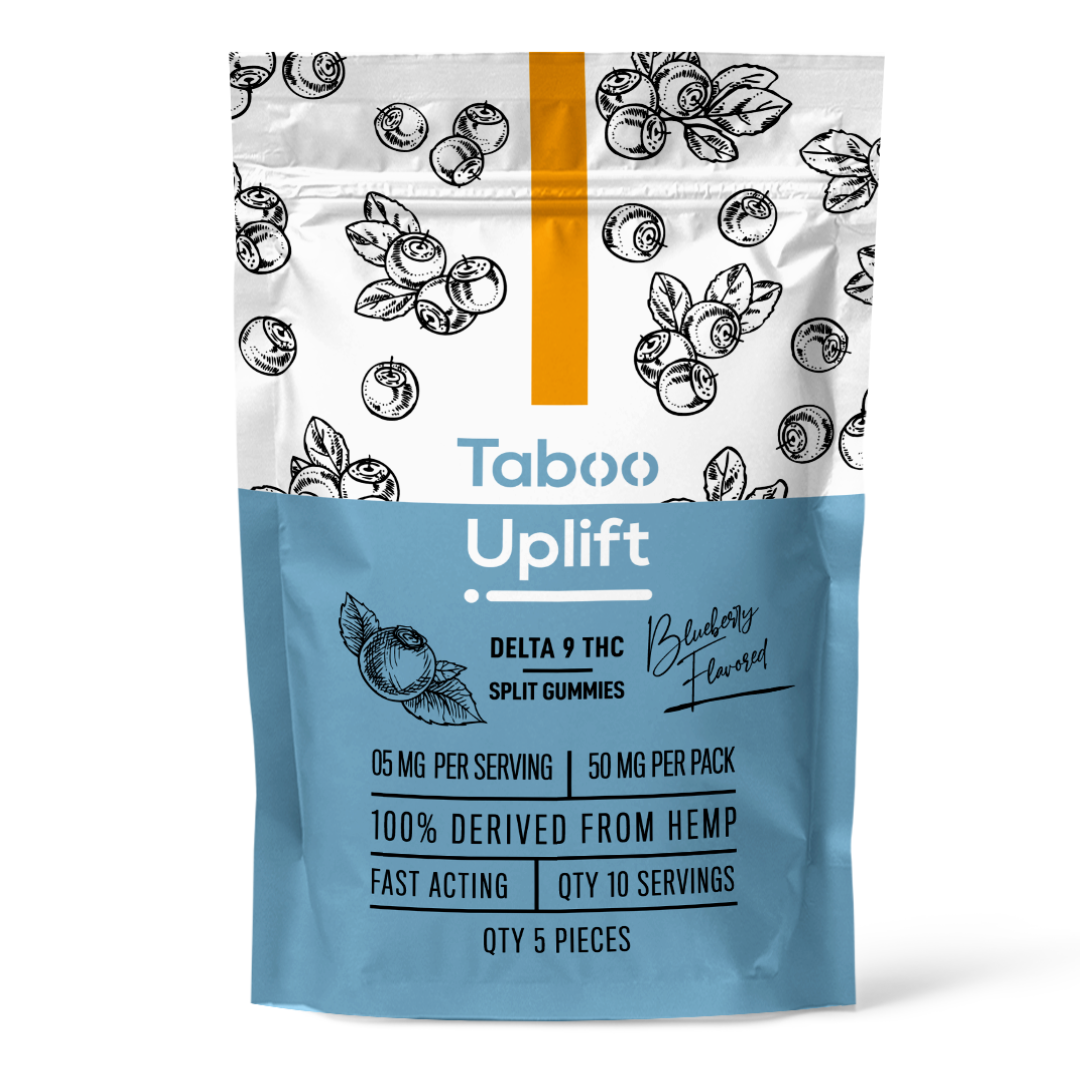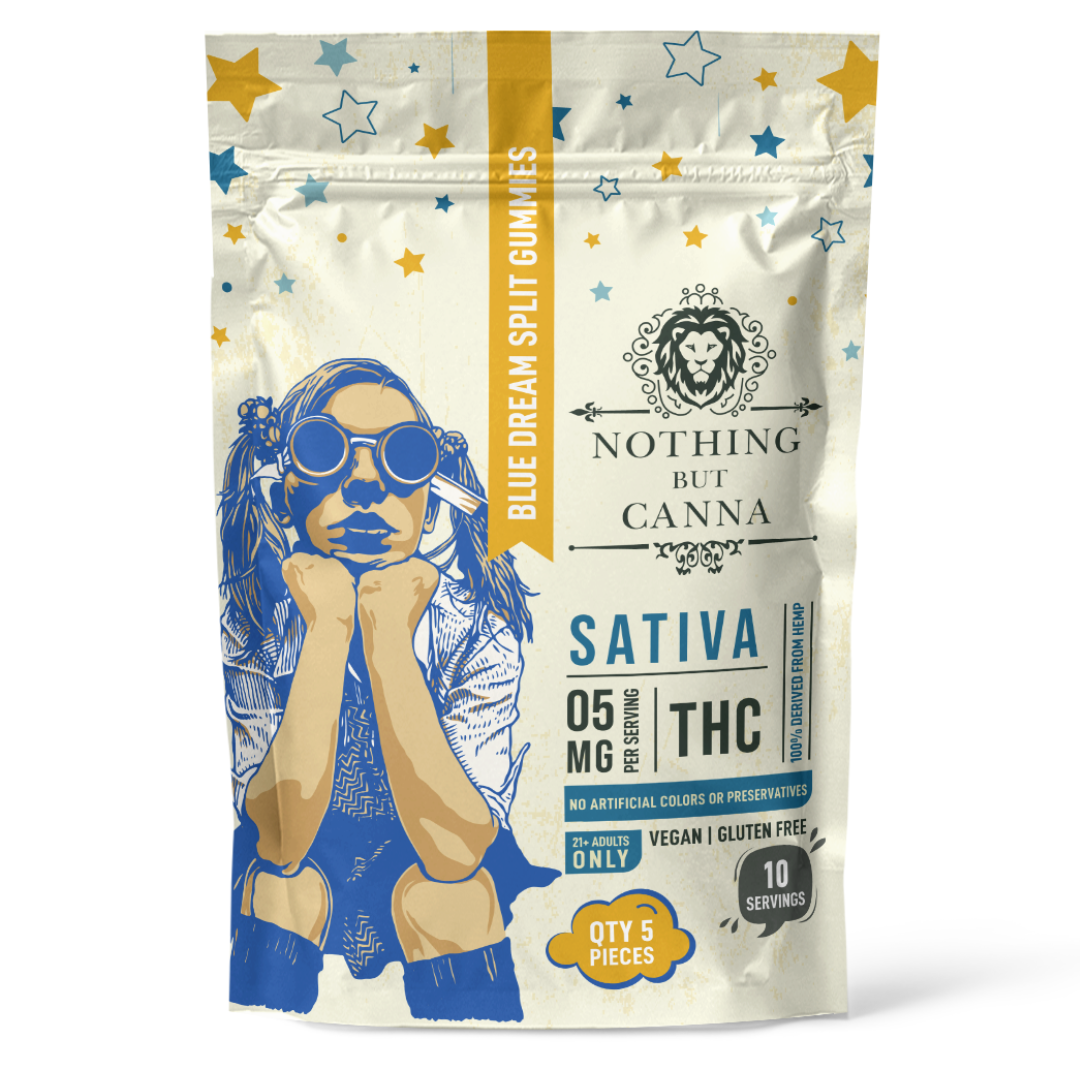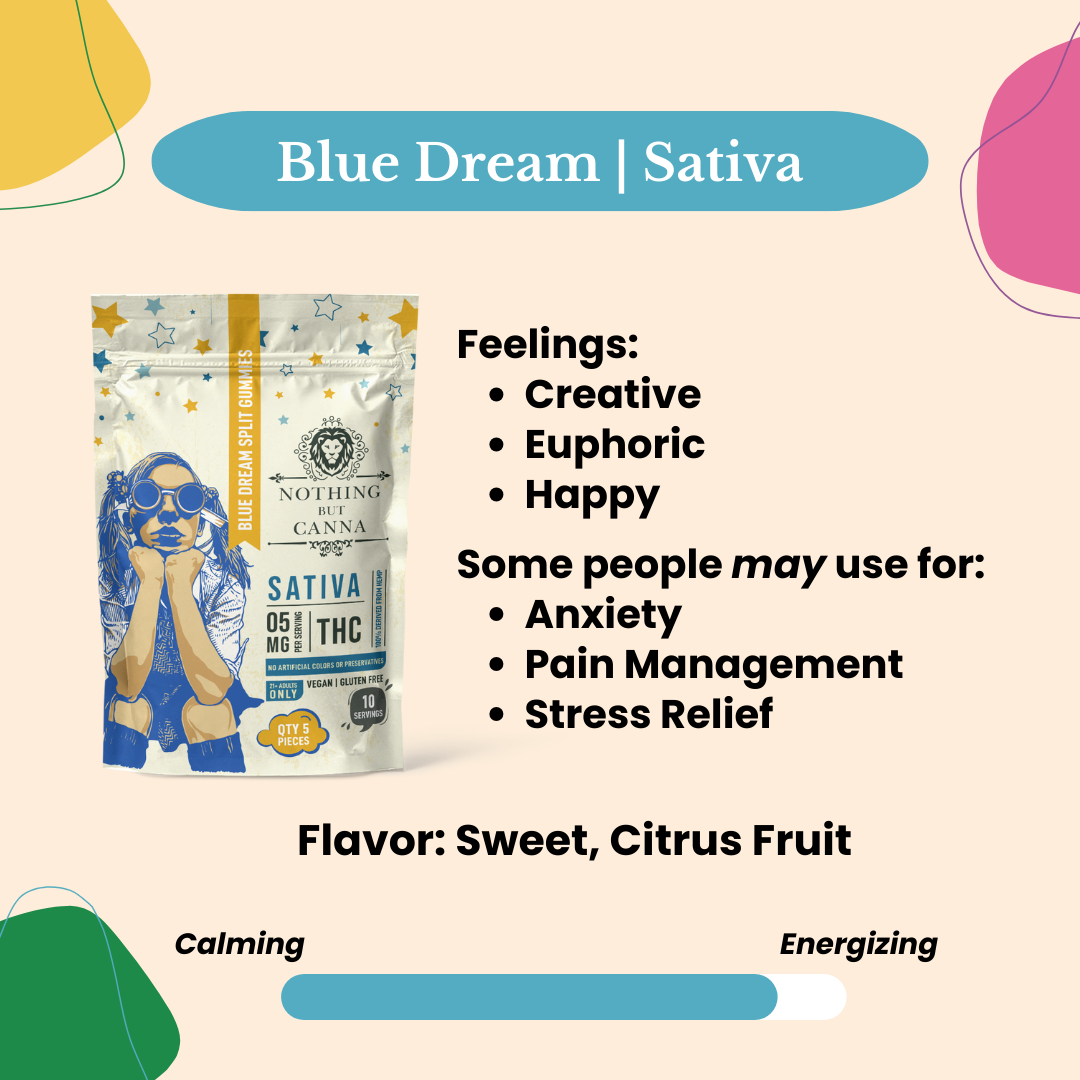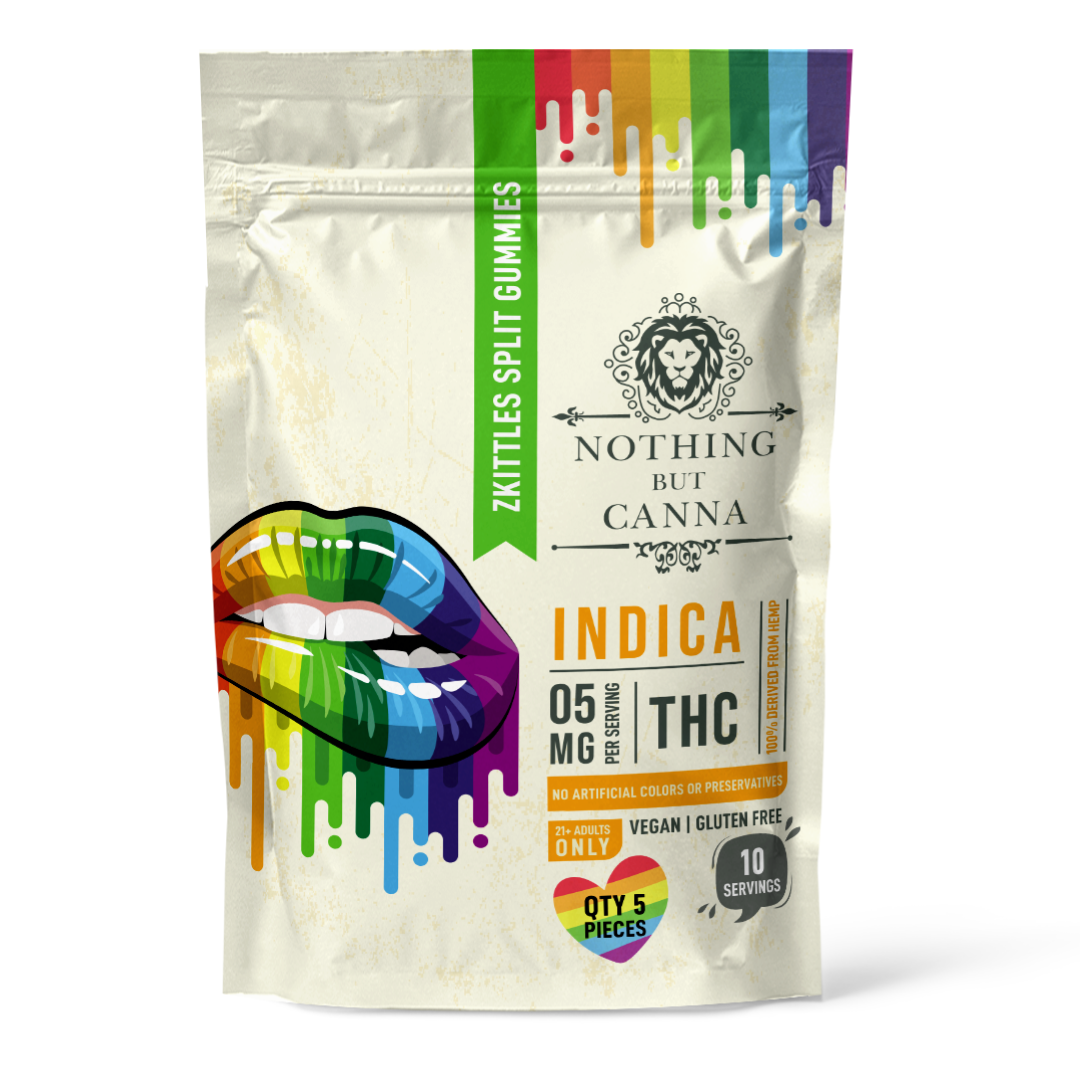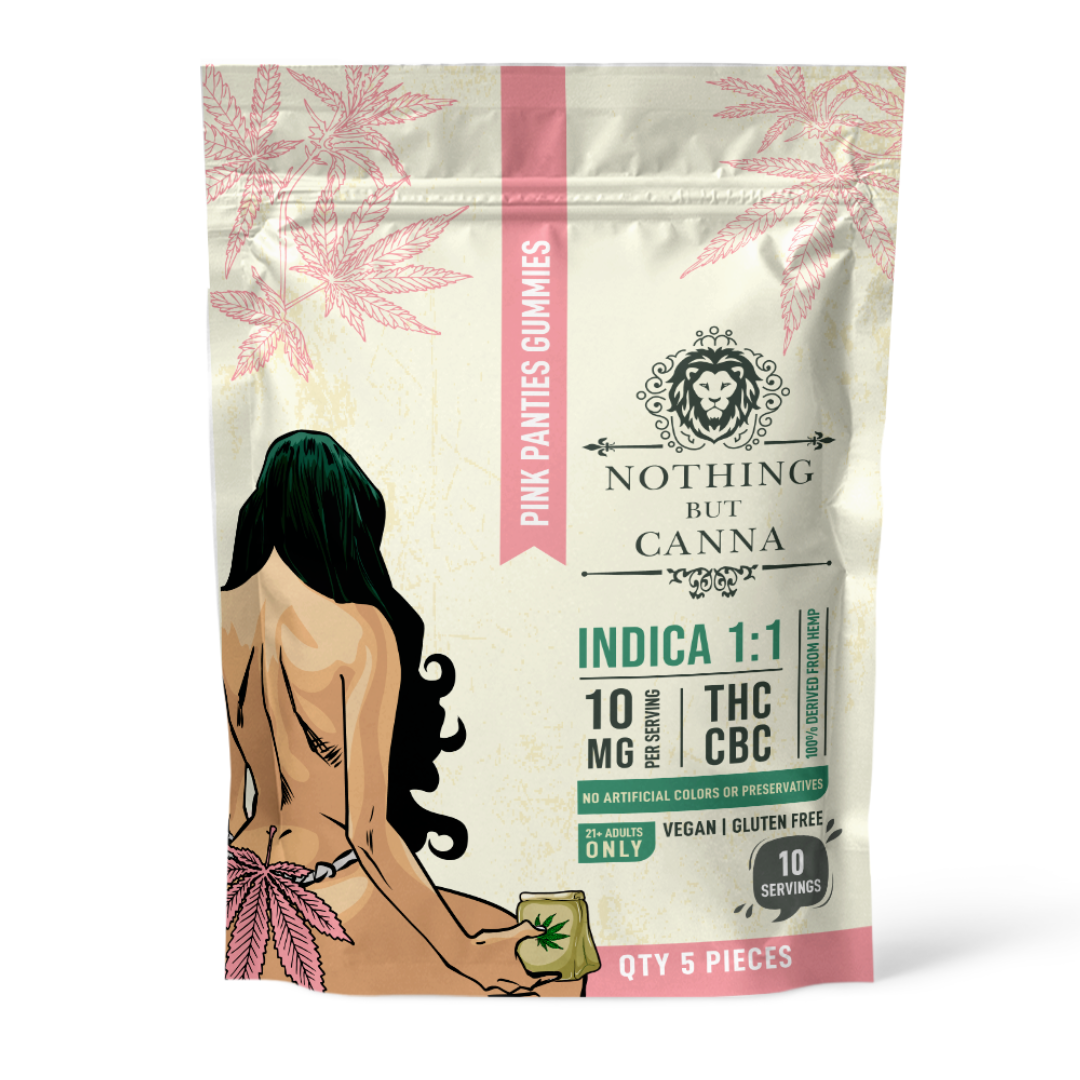
Hemp agriculture all across the United States has taken off, but many have not always had the right idea about how to approach the new practice.
American farmers long ago cultivated hemp crops for a variety of uses as a matter of every day life, but the transition back to hemp growing after decades of prohibition has estranged some farmers and entrepreneurs from the processes involved and sometimes made them targets of misinformation online.
Since the legalization of industrial hemp at the end of 2018, farmers have dealt with this steep learning curve to get back in the groove.
According to reports from the Herald Journal and the Salt Lake Tribune, Utah State University has been conducting research on best practices for hemp growth while combatting misinformation online about the field.
Ultimately hemp needs less water than cotton and some other crops, but new farmers should still understand the seeds they are planting.
Researchers say they have heard many kooky theories about different colored lights that might change growth and other falsehoods that may harm yields and confound investors and first-time farmers.
"We do a lot of trying to nurture these plants as best we can," Mitch Westmoreland, a doctoral student at USU, told the Herald Journal. "But then we also go on the other side of things and see how much we can torture these plants without them dying. … One of the big questions that a lot of people have, especially in Utah, is how drought stress affects cannabinoid concentration."
Ship-building and textiles used to be the main drivers for hemp demands in the American agricultural landscape. The robust and versatile crop made great rope and threads, so it was always needed over the majority of American history.
Unfortunately the substance was made illegal in the early 20th Century and that prohibition only recently ended.
Now, people are rushing into the hemp harvesting game as more and more consumers use products derived from hemp, like CBD oil and related extracts.
CBD products come in simple tinctures, but have also been made into complex consumer products like pillows, active wear, you name it.
According to reports, another problem farmers are facing is over-fertilization. The Utah scientists say this can be counterproductive and even has negative environmental effects.
"The implications are huge just because phosphorus is a huge pollutant," Westmoreland told the Herald Journal. "It's polluting the lakes and the rivers, and people just dump it on in agriculture. Very rarely do you see phosphorus toxicity (in plants) so there's really no harm to over-applying, at least to the farmer, but the downstream effects are huge."
Sources
[1] https://www.sltrib.com/news/nation-world/2020/08/03/utah-state-researchers/


























